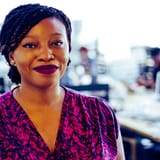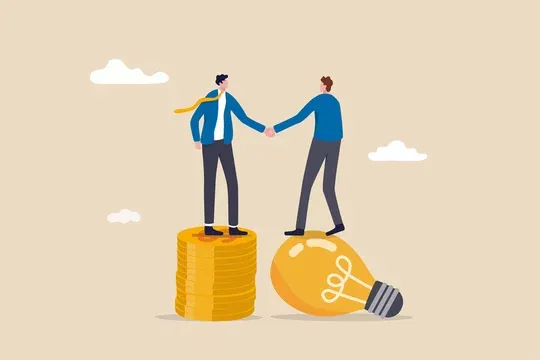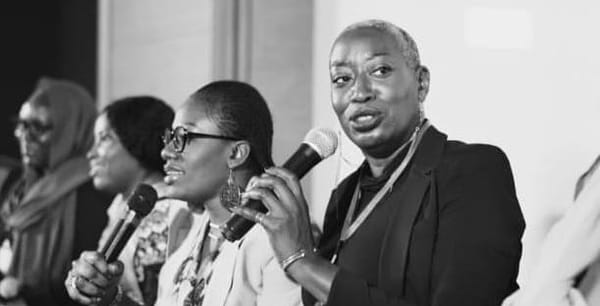A repeatable formula for finding new customers.

What is it
I think it's pretty common to have a great idea, quickly delve into it, and all the excitement in the world we begin building and creating. After building or creating what you think your customers want, without any customer input you might get is crickets. Because you may have built something no one needs or wants.
If you are just about to start a business or venture, this is a great time to pause creating and focus on hearing from the customers. If you have already built a version of your product you will still find this approach useful.
The key is to understand that customer discovery is largely a scientific process. and it involves constant experimentations and iterations. Let me explain.
Let's say you want to create a platform for people to store and share professional documents like your cv, cover letters, and recommendations.
Sounds like a great idea right. But the success of the platform will be largely dependent on how the idea is executed, and if you are indeed building something that you target customers need.
In order to achieve what is known as product-market fit down the line.
So my first step in the customer discovery process is to create a list of assumptions and hypothesis. One of the best ways to do this is to use the _____ canvas.
I like to separate my assumption into different subtoppics just like the canvas above that. That is instead of lumping all assumptions I break it down into customers, problem, solution, sales channels and more.
Using the document platform example above, I create an assumption under the solution section. A possible assumption could be that the people that will use my product will be PhD candidates looking for postdoc positions. This is a great place to start. The next step is to create a few questions that will help me establish or replace an assumption. Questions like, Tell me how you currently search for jobs? What platforms do you use? How do you current send documents to potential employers. As you do these informal interviews, you begin to catch patterns or hear something similar. The interview will help you determine if your assumptions were correct, if you need to be asking a different question altogether. Record evrything and use the information to create an initial workable product, know as a minimum viable product . You continue
I will introduce what my customer discovery process is. it is an amalgamation of reading books, my accelerator program, talking to advisors, mentors and peers.
The Lean Startup comes from a book by Eric Ries. It emphasizes using an iterative approach so you don't end up building something that no one wants
For example,
And of course, you may say oof course theres some luck in there. True. But what exactly is luck though. I think luck is essentially being in the right place at the right time, i.e. laying the groundwork, doing the work to ensure that you are ready when opportunity comes knocking.
If you would like to take a more in depth approach to learning more about the customer approach. Here are some books that you might find helpful
Building a business feels a bit like science becuse there is always going to be alot of experimentation, and
Why is it important
Why is it relevant to you?
Actionable steps





